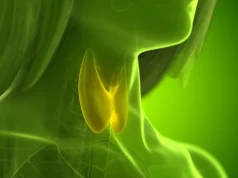Timing, frequency of outpatient care helps identify concerning symptoms following radical cystectomy
WEDNESDAY, April 27, 2016 (HealthDay News) — Detection of concerning symptoms after radical cystectomy can be improved by optimizing the timing and number of outpatient encounters, according to a study published in the May issue of The Journal of Urology.
Naveen Krishnan, M.D., from the University of Michigan Medical School in Ann Arbor, and colleagues used a delay-time analysis approach to maximize the probability of detecting patients susceptible to readmission through office visits and telephone calls. The Healthcare Cost and Utilization Project State Inpatient Databases (2009 and 2010) and an institutional bladder cancer database (from 2007 to 2011) identified patients readmitted after radical cystectomy.
The researchers found that timing of office visits and telephone calls is more important in detecting a patient at risk for readmission than the sequence of these encounters. Concerning symptoms are most likely exhibited between four and five days after discharge home. Up to 16 percent of potential readmissions can be detected with optimally scheduled office visits. Up to 36 percent could be detected with one office visit followed by four telephone calls.
“By understanding how to design better outpatient follow-up care for patients treated with radical cystectomy we can help reduce the readmission burden for this population,” the authors write.
Copyright © 2016 HealthDay. All rights reserved.








